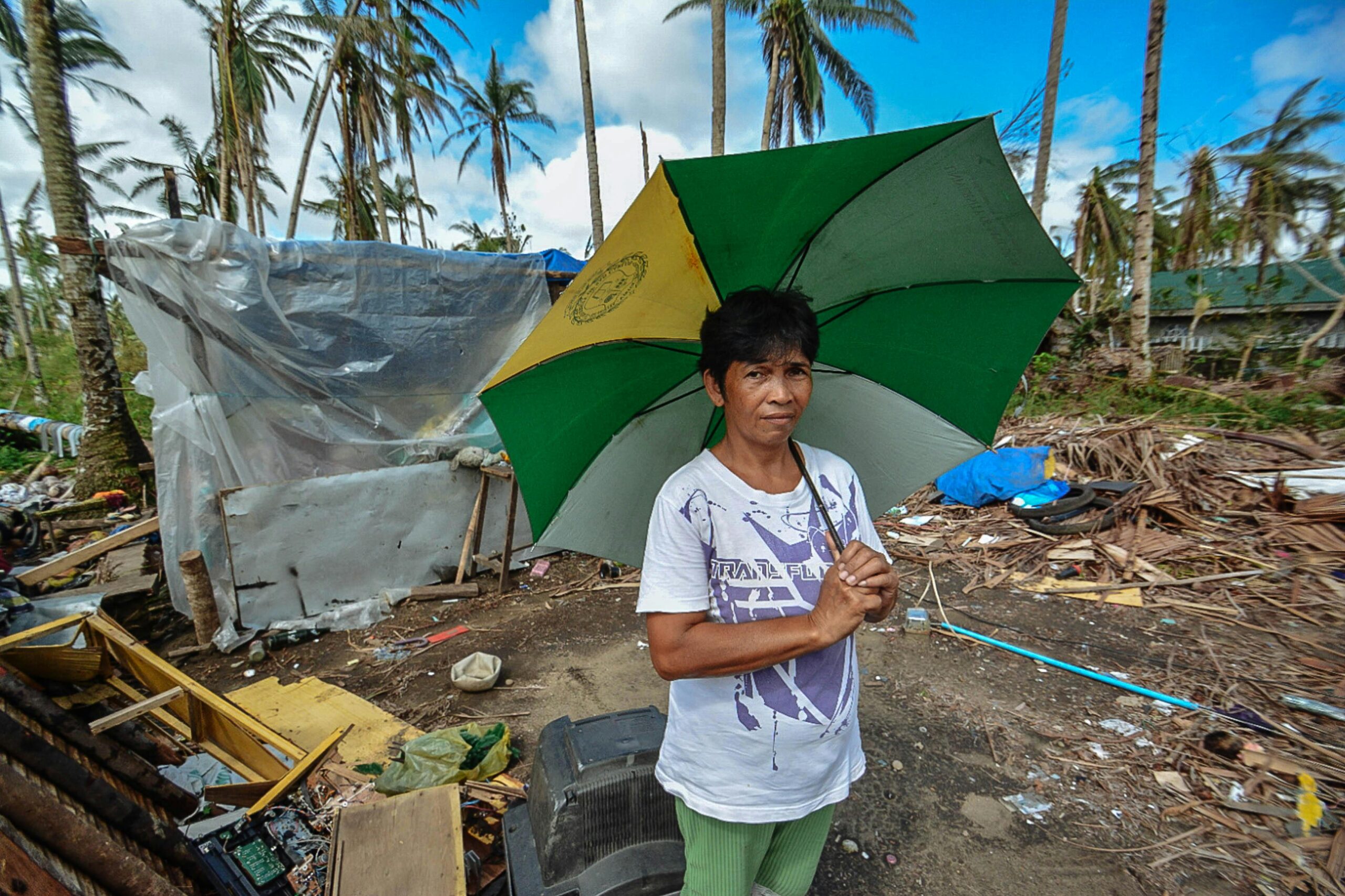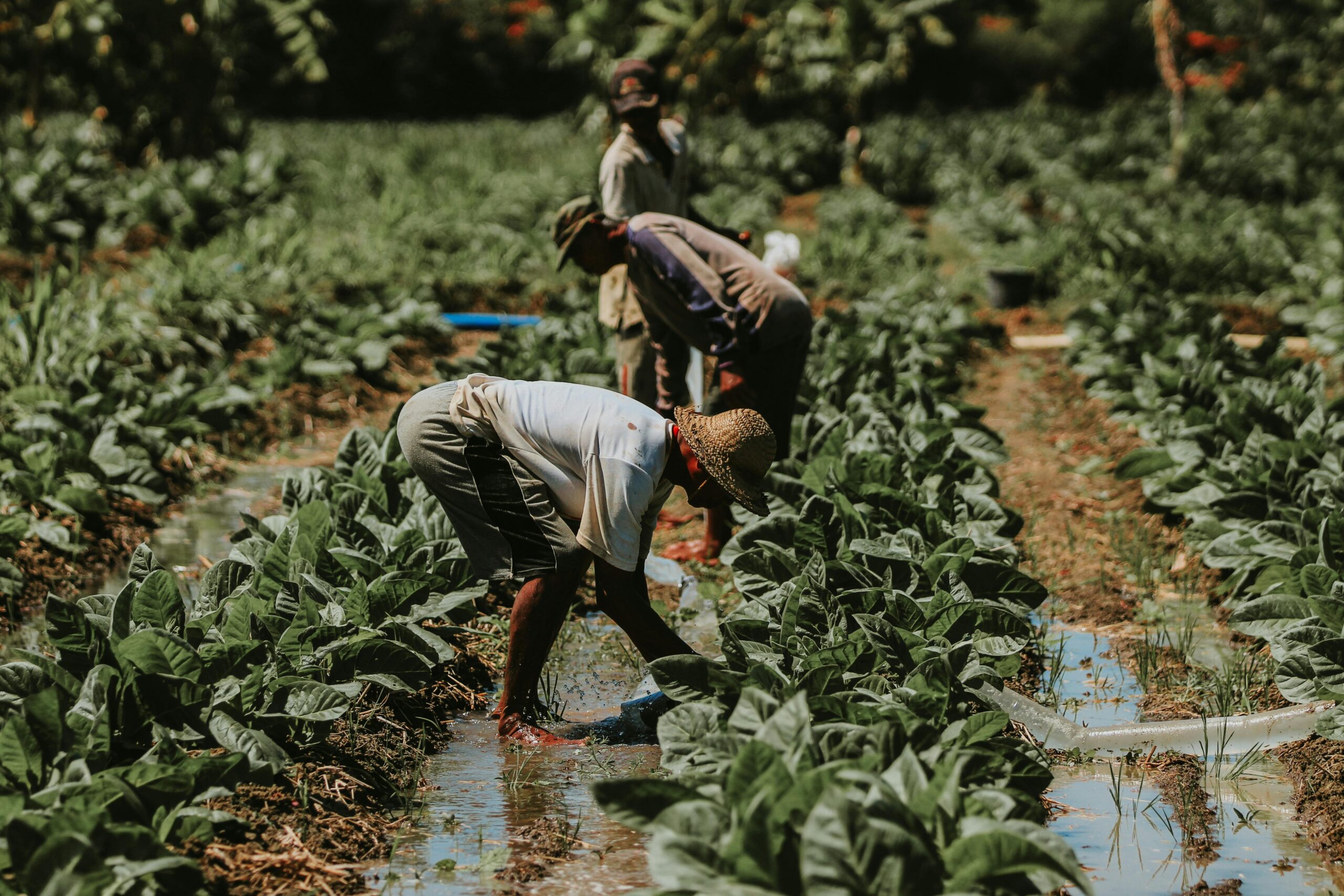In an increasingly interconnected world, disasters don’t respect borders, and neither should our response strategies. International disaster relief has evolved significantly, demanding coordinated approaches that combine speed, efficiency, and cultural sensitivity.
🌍 The Evolution of International Disaster Response
The landscape of humanitarian assistance has transformed dramatically over the past few decades. Traditional models that relied solely on government-led interventions have given way to complex networks involving multiple stakeholders, including international organizations, non-governmental organizations, private sector entities, and local communities.
Historical disasters such as the 2004 Indian Ocean tsunami, Hurricane Katrina in 2005, and the 2010 Haiti earthquake exposed critical gaps in existing response mechanisms. These events became catalysts for reimagining how the international community approaches disaster relief, leading to the development of more sophisticated frameworks and coordination protocols.
Today’s disaster response models prioritize preparedness, rapid deployment, and sustainable recovery. The shift from reactive to proactive strategies has become essential, with countries investing heavily in early warning systems, pre-positioned supplies, and trained response teams ready to mobilize at a moment’s notice.
Understanding Key International Response Frameworks
Several established frameworks guide international disaster response efforts, each designed to streamline coordination and maximize impact during critical moments.
The Cluster Approach: Organizing Chaos into Structure
Introduced by the Inter-Agency Standing Committee in 2005, the cluster approach revolutionized humanitarian response by dividing responsibilities into specific sectors. Each cluster focuses on a particular area such as health, shelter, water and sanitation, or logistics, with designated lead agencies ensuring accountability and coordination.
This model prevents duplication of efforts and identifies gaps in service delivery. For instance, during the 2015 Nepal earthquake, the cluster system enabled rapid assessment of needs and efficient allocation of resources across affected regions. The approach has since been refined and adapted to various contexts, proving its flexibility and effectiveness.
The Sphere Standards: Quality Benchmarks for Humanitarian Action
The Sphere Handbook establishes universal minimum standards for disaster response, ensuring dignity and quality of life for affected populations. These standards cover technical aspects of water supply, sanitation, food security, shelter, and health services, providing measurable criteria for accountability.
Organizations worldwide use Sphere standards to design programs, train staff, and evaluate interventions. This common language facilitates cooperation between diverse actors and helps maintain consistent quality across different operations and geographic regions.
Regional Models: Tailored Solutions for Specific Contexts
While global frameworks provide overarching guidance, regional models account for specific geographic, cultural, and political realities that shape disaster response effectiveness.
The ASEAN Agreement: Southeast Asian Solidarity
The Association of Southeast Asian Nations developed the ASEAN Agreement on Disaster Management and Emergency Response (AADMER), creating a legally binding framework for regional cooperation. This model emphasizes prevention, preparedness, and mutual assistance among member states.
The ASEAN Coordinating Centre for Humanitarian Assistance serves as the operational hub, facilitating resource sharing and coordinating joint exercises. When Typhoon Haiyan devastated the Philippines in 2013, ASEAN mechanisms enabled swift regional support, demonstrating the value of pre-established cooperation protocols.
The European Union Civil Protection Mechanism
Europe’s integrated approach combines national capabilities with EU-level resources through the Civil Protection Mechanism. The rescEU initiative maintains strategic reserves of medical equipment, firefighting planes, and other critical assets available to all member states.
This model showcases the benefits of pooled sovereignty in disaster response. During the COVID-19 pandemic, the mechanism facilitated the distribution of personal protective equipment and coordinated patient transfers between overwhelmed and less-affected regions, demonstrating adaptability to emerging threats.
🚁 Innovative Technologies Transforming Relief Operations
Technology has become an indispensable component of modern disaster response, enhancing every phase from early warning to recovery assessment.
Digital Mapping and Geographic Information Systems
Real-time mapping technologies enable responders to visualize affected areas, identify vulnerable populations, and plan logistics efficiently. Platforms like OpenStreetMap’s Humanitarian OpenStreetMap Team mobilize volunteers worldwide to create detailed maps of disaster zones, often producing comprehensive geographic data within hours of an event.
Satellite imagery and drone technology provide rapid damage assessments without risking personnel safety. These tools proved invaluable during the 2017 hurricanes in the Caribbean, where aerial surveys identified isolated communities requiring immediate assistance.
Mobile Technology and Digital Cash Transfers
Mobile platforms have revolutionized beneficiary registration, needs assessment, and aid distribution. Digital cash transfer programs empower affected populations to purchase what they need most, supporting local markets and preserving dignity by offering choice rather than predetermined aid packages.
In Lebanon’s refugee crisis, digital voucher systems enabled displaced families to access food and essential goods through participating retailers. This approach reduced logistics costs, minimized corruption risks, and stimulated local economies simultaneously.
Artificial Intelligence and Predictive Analytics
Machine learning algorithms analyze vast datasets to predict disaster impacts, optimize resource allocation, and identify patterns that human analysts might miss. AI-powered chatbots provide information to affected populations in multiple languages, answering common questions and reducing strain on communication systems.
The World Food Programme uses predictive analytics to anticipate food security crises before they fully develop, enabling preventive interventions that save lives and reduce costs compared to emergency response after conditions have deteriorated.
The Critical Role of Local Actors and Community Resilience
International response models increasingly recognize that effective disaster relief must be locally led and culturally appropriate. External actors provide vital support, but local communities understand their contexts best and remain long after international teams depart.
Localizing Humanitarian Response
The Grand Bargain agreement committed major humanitarian organizations to channeling more funding directly to local and national responders. This shift acknowledges that local organizations reach affected populations faster, operate more cost-effectively, and better understand cultural nuances that influence program success.
During the 2016 Ecuador earthquake, local organizations provided immediate assistance while international teams were still mobilizing. Their existing relationships with communities enabled rapid needs assessment and culturally sensitive interventions that would have been impossible for external actors to achieve as quickly.
Building Community Resilience Before Disasters Strike
The most effective disaster response begins long before emergencies occur. Community-based disaster risk reduction programs train local volunteers, establish early warning systems, and create contingency plans tailored to specific hazards facing particular areas.
Countries like Bangladesh have dramatically reduced cyclone mortality through community-level preparedness initiatives. Volunteer networks, cyclone shelters, and practiced evacuation procedures transformed a highly vulnerable population into one of the world’s most disaster-resilient communities.
💰 Financing Mechanisms: Ensuring Resources When They’re Needed Most
Traditional disaster financing relies heavily on post-disaster appeals, creating delays between needs arising and resources becoming available. Innovative financing mechanisms aim to close this gap.
Anticipatory Action and Forecast-Based Financing
Forecast-based financing releases funds automatically when weather forecasts predict severe events, enabling preventive action before disaster strikes. This approach funds activities like evacuations, infrastructure reinforcement, and prepositioning supplies based on trigger thresholds rather than waiting for damage to occur.
The Red Cross pioneered this model in Mongolia, where forecasts of severe winter conditions trigger payments to vulnerable herder families for livestock feed and shelter materials, preventing devastating losses that would otherwise require far more expensive emergency response.
Catastrophe Bonds and Risk Insurance
Financial instruments like catastrophe bonds transfer disaster risk to capital markets, providing rapid liquidity when specified events occur. The Caribbean Catastrophe Risk Insurance Facility demonstrates this model’s potential, providing participating countries with payouts within 14 days of qualifying disasters.
After Hurricane Maria struck Dominica in 2017, the country received a payout of $19.4 million within two weeks, enabling immediate response activities without waiting for donor appeals or lengthy procurement processes.
Coordination Challenges: Navigating Complexity in Crisis
Despite sophisticated frameworks and technologies, coordination remains one of humanitarian response’s most persistent challenges. Multiple organizations with different mandates, capacities, and operational cultures must work together under extreme pressure with incomplete information.
Civil-Military Coordination Dilemmas
Military forces often possess unique capabilities valuable in disasters—heavy-lift aircraft, engineering expertise, and disciplined logistics systems. However, their involvement raises concerns about humanitarian principles, particularly neutrality and independence in conflict-affected settings.
Clear protocols distinguishing military support roles from humanitarian operations help preserve humanitarian space while leveraging military capacities appropriately. The 2015 Nepal earthquake response demonstrated both the benefits and challenges of civil-military coordination, with military assets providing crucial logistics support while humanitarian organizations maintained operational independence.
Private Sector Engagement and Partnerships
Corporations control resources, expertise, and supply chains that can significantly enhance disaster response. Telecommunications companies restore communications networks, logistics firms provide transportation, and technology companies offer platforms and analytics.
Effective public-private partnerships require clear agreements on roles, responsibilities, and expectations established before disasters occur. The Connecting Business initiative facilitates these relationships, creating frameworks for collaboration that activate automatically during emergencies.
🔄 Learning Systems: Adapting and Improving Response Models
Continuous improvement depends on systematic learning from both successes and failures. The humanitarian sector has strengthened accountability mechanisms and knowledge-sharing systems to capture lessons and translate them into better practice.
After-Action Reviews and Evaluation Cultures
Comprehensive evaluations following major responses identify what worked, what didn’t, and why. Organizations increasingly embrace transparency by publishing findings publicly, enabling sector-wide learning rather than keeping lessons internal.
The Ebola outbreak in West Africa prompted extensive soul-searching about delayed response and coordination failures. Subsequent reforms to World Health Organization procedures and the creation of new epidemic response mechanisms directly resulted from this critical self-examination.
Simulation Exercises and Preparedness Testing
Regular simulation exercises test response plans, identify gaps, and build relationships between actors before real emergencies demand coordination. These drills range from tabletop discussions to full-scale multi-day exercises involving hundreds of participants.
Countries prone to specific hazards conduct annual simulations reflecting their most likely scenarios. Japan’s earthquake drills involve entire communities practicing evacuation procedures, ensuring that when real earthquakes strike, people know exactly what to do.
Emerging Challenges Reshaping Relief Paradigms
The disaster landscape continues evolving, presenting new challenges that demand innovative response approaches and updated models.
Climate Change and Cascading Disasters
Climate change intensifies weather extremes while creating slow-onset crises that don’t fit traditional disaster response frameworks. Rising sea levels, prolonged droughts, and ecosystem collapse require bridging humanitarian response and long-term development in new ways.
Compound disasters—multiple events occurring simultaneously or in rapid succession—strain response systems designed for single incidents. The 2020 Atlantic hurricane season demonstrated this challenge as multiple major storms affected vulnerable regions already grappling with COVID-19 and economic crises.
Urban Disasters and Megacity Vulnerabilities
More than half the world’s population now lives in cities, with megacities of over 10 million people presenting unique disaster response challenges. Dense populations, complex infrastructure interdependencies, and informal settlements create vulnerabilities requiring specialized response approaches.
Traditional rural-focused response models often prove inadequate in urban contexts. Organizations are developing urban-specific strategies addressing challenges like high-rise building collapses, disrupted transportation networks, and coordinating across multiple municipal jurisdictions.

⚡ Strengthening Global Resilience Through Collaborative Action
Effective disaster response ultimately depends on international cooperation, shared responsibility, and commitment to protecting vulnerable populations wherever disasters strike.
No single organization, country, or model can address the scale and complexity of contemporary disasters alone. The most successful responses combine international expertise and resources with local knowledge and leadership, supported by clear coordination mechanisms and adequate financing.
Investment in preparedness consistently proves more cost-effective than post-disaster response. Every dollar spent on disaster risk reduction saves approximately seven dollars in disaster response costs, making preparedness not just humanitarian imperative but economic wisdom.
As disasters become more frequent and severe, the international community must continue refining response models, embracing innovation, and strengthening the systems that protect lives and livelihoods. The frameworks and approaches developed over recent decades provide strong foundations, but continuous adaptation remains essential as new challenges emerge.
Success requires sustained political commitment, adequate funding, and genuine partnerships that respect the dignity and agency of affected populations. By learning from experience, leveraging technology thoughtfully, and maintaining focus on people rather than processes, international disaster response can continue improving its effectiveness and efficiency.
The path forward demands balancing global standards with local realities, combining rapid response with long-term resilience building, and ensuring that crisis response contributes to sustainable development rather than creating dependencies. These challenges are significant, but the humanitarian community has demonstrated remarkable capacity for innovation and adaptation when lives depend on it.
Toni Santos is a global-policy researcher and ethical-innovation writer exploring how business, society and governance interconnect in the age of interdependence. Through his studies on corporate responsibility, fair trade economics and social impact strategies, Toni examines how equitable systems emerge from design, policy and shared vision. Passionate about systemic change, impact-driven leadership and transformative policy, Toni focuses on how global cooperation and meaningful economy can shift the scenario of globalization toward fairness and purpose. His work highlights the intersection of economics, ethics and innovation — guiding readers toward building structures that serve people and planet. Blending policy design, social strategy and ethical economy, Toni writes about the architecture of global systems — helping readers understand how responsibility, trade and impact intertwine in the world they inhabit. His work is a tribute to: The global commitment to equity, justice and shared prosperity The architecture of policy, business and social impact in a connected world The vision of globalization as cooperative, human-centred and regenerative Whether you are a strategist, policymaker or global thinker, Toni Santos invites you to explore ethical globalization — one policy, one model, one impact at a time.




